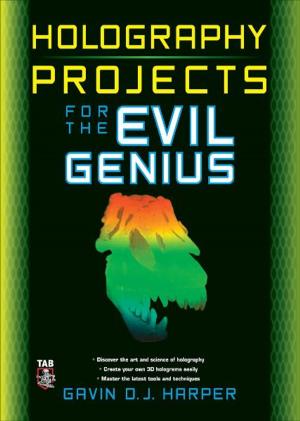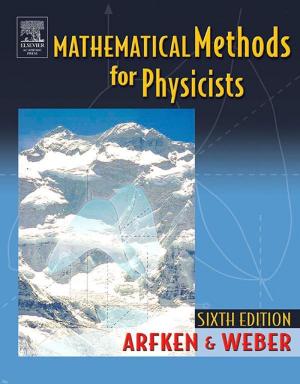How Einstein Ruined Physics: Motion, Symmetry, and Revolution in Science
Nonfiction, Science & Nature, Science, Physics, Astronomy, General Physics| Author: | Roger Schlafly | ISBN: | 9781458065353 |
| Publisher: | Roger Schlafly | Publication: | May 7, 2011 |
| Imprint: | Smashwords Edition | Language: | English |
| Author: | Roger Schlafly |
| ISBN: | 9781458065353 |
| Publisher: | Roger Schlafly |
| Publication: | May 7, 2011 |
| Imprint: | Smashwords Edition |
| Language: | English |
Einstein is considered the world's greatest genius for creating the theory of relativity. How Einstein Ruined Physics explains relativity, how it was discovered, and how it fits into a long history of trying to understand motion and symmetry. The book shows that Einstein's role is badly misunderstood.
Modern physics books often describe a fantasy world that has less and less to do with reality. They tell of alternate universes, cosmic singularities, and extra dimensions. When they lack evidence for these ideas, they argue that they are following Einstein's example and looking for the next revolution.
Einstein's example is detailed. He is famous for uniting space and time in the theory of relativity, and for revolutionizing science with pure thought. In fact, his famous relativity paper merely postulated what had previously been proved, and he did not even understand why space and time were being united. The essentials of relativity are explained, along with how they were discovered.
The crucial ideas behind relativity are motion and symmetry, and these are the most basic ideas on all of science. Relativity was the culmination of an ancient quest to understand the motion of the Earth. The story takes us from ancient Greeks like Aristotle, through medieval debates over Copernicus and Galileo, and up to the modern search for dark matter and energy.
Somehow it has become fashionable in physics to try for some sort of abstract Einsteinian revolution instead of explaining observable realities. This book dispels the myths about physics progressing by pure thought, and shows that following Einstein's dream is an entirely bad idea. Published by Dark Buzz.
Einstein is considered the world's greatest genius for creating the theory of relativity. How Einstein Ruined Physics explains relativity, how it was discovered, and how it fits into a long history of trying to understand motion and symmetry. The book shows that Einstein's role is badly misunderstood.
Modern physics books often describe a fantasy world that has less and less to do with reality. They tell of alternate universes, cosmic singularities, and extra dimensions. When they lack evidence for these ideas, they argue that they are following Einstein's example and looking for the next revolution.
Einstein's example is detailed. He is famous for uniting space and time in the theory of relativity, and for revolutionizing science with pure thought. In fact, his famous relativity paper merely postulated what had previously been proved, and he did not even understand why space and time were being united. The essentials of relativity are explained, along with how they were discovered.
The crucial ideas behind relativity are motion and symmetry, and these are the most basic ideas on all of science. Relativity was the culmination of an ancient quest to understand the motion of the Earth. The story takes us from ancient Greeks like Aristotle, through medieval debates over Copernicus and Galileo, and up to the modern search for dark matter and energy.
Somehow it has become fashionable in physics to try for some sort of abstract Einsteinian revolution instead of explaining observable realities. This book dispels the myths about physics progressing by pure thought, and shows that following Einstein's dream is an entirely bad idea. Published by Dark Buzz.















